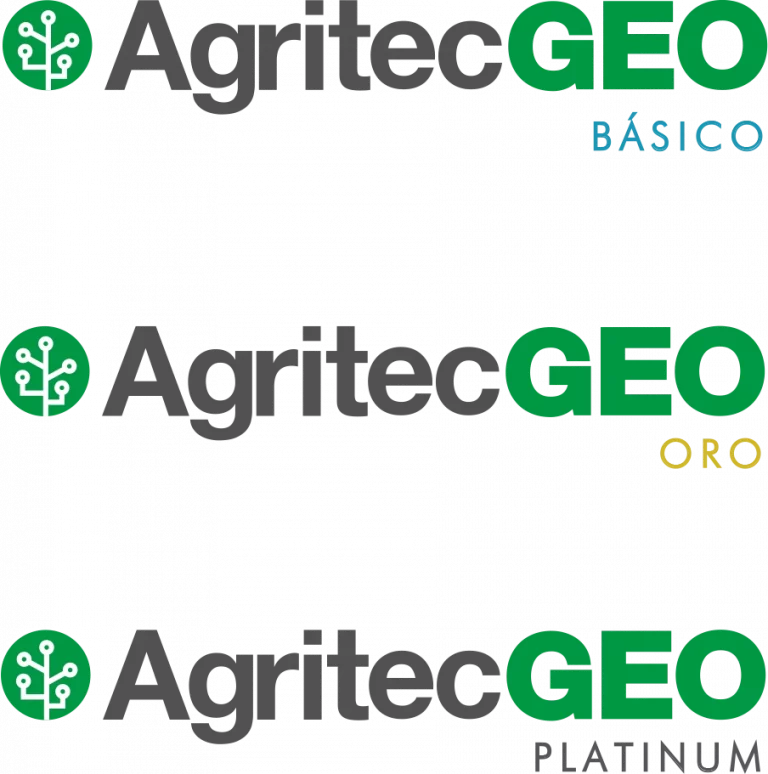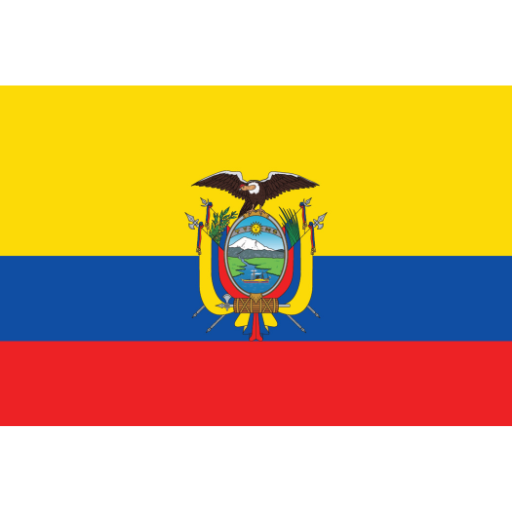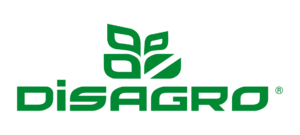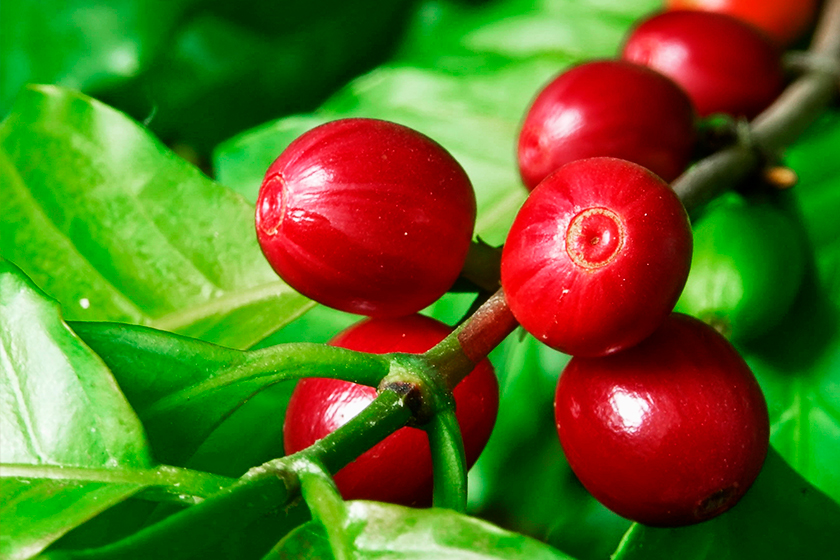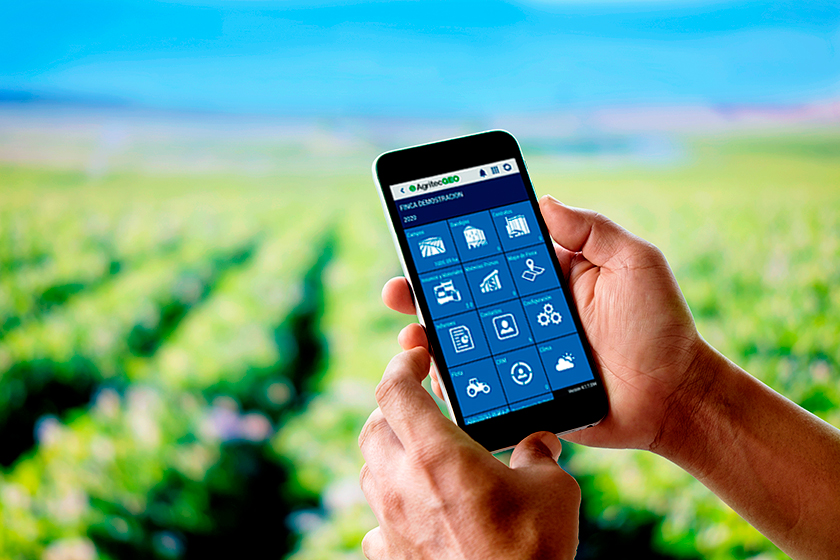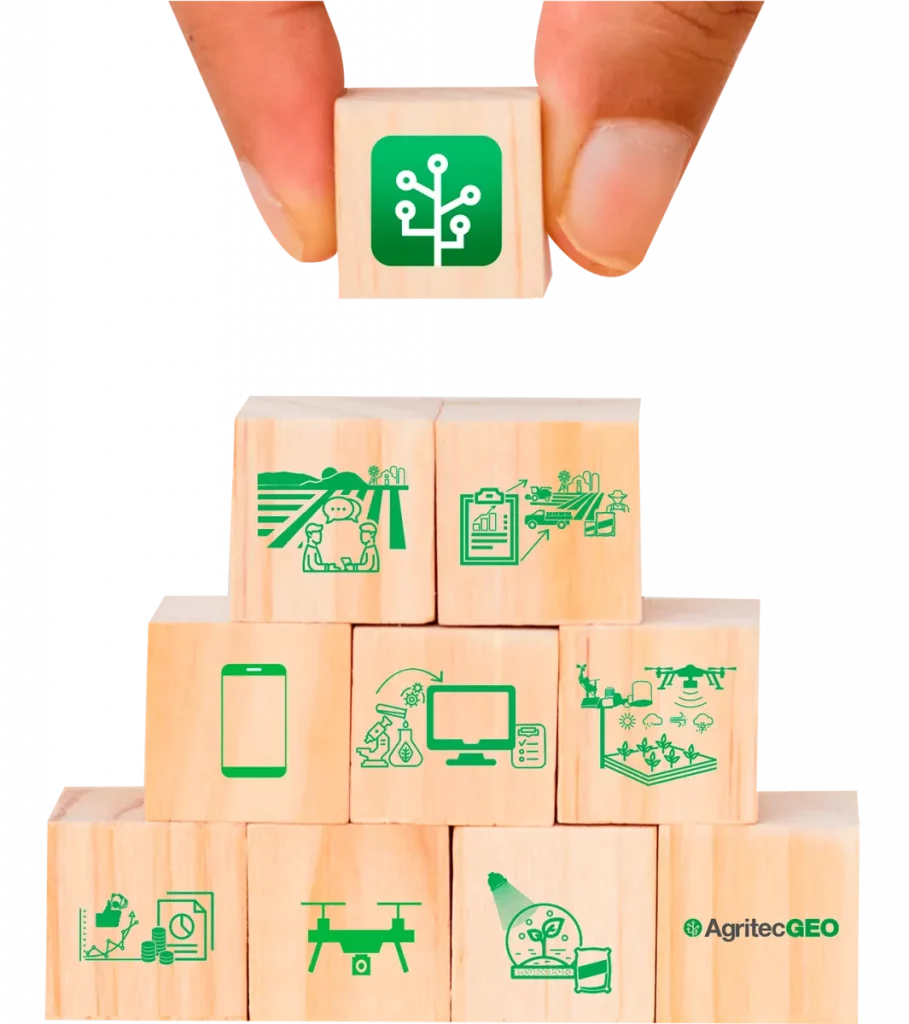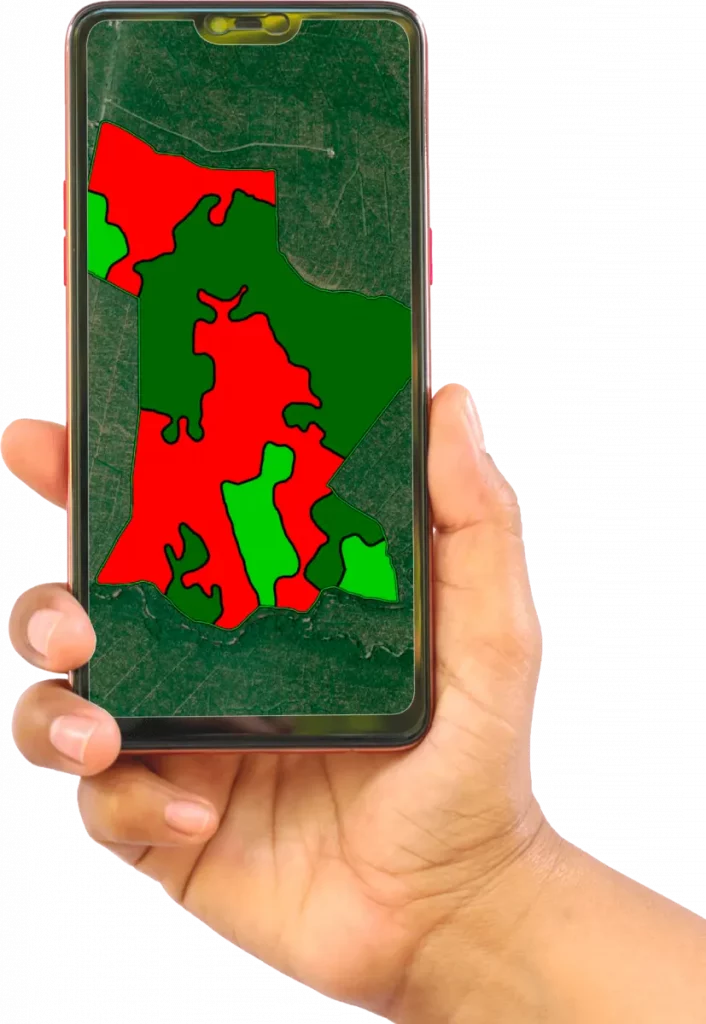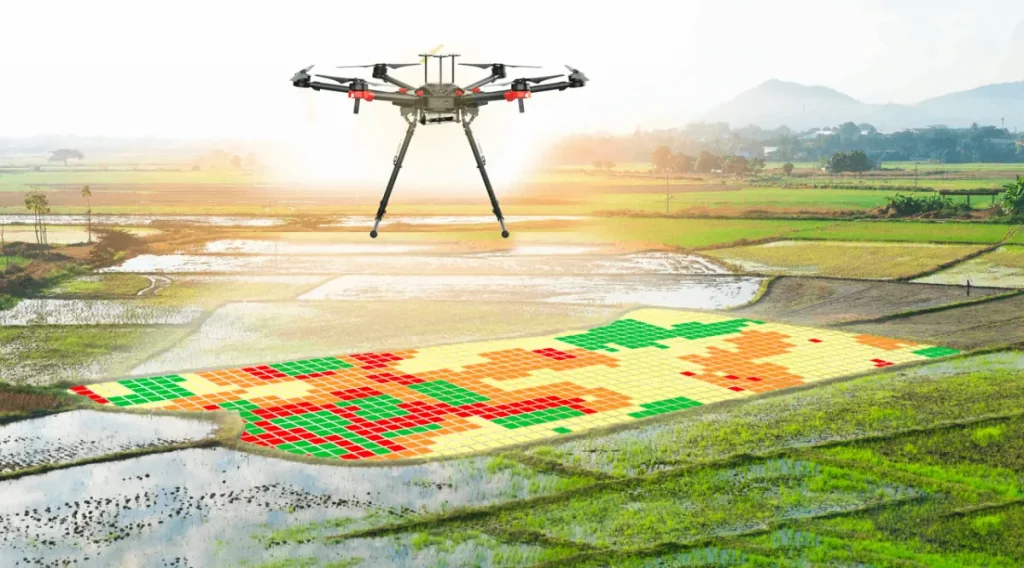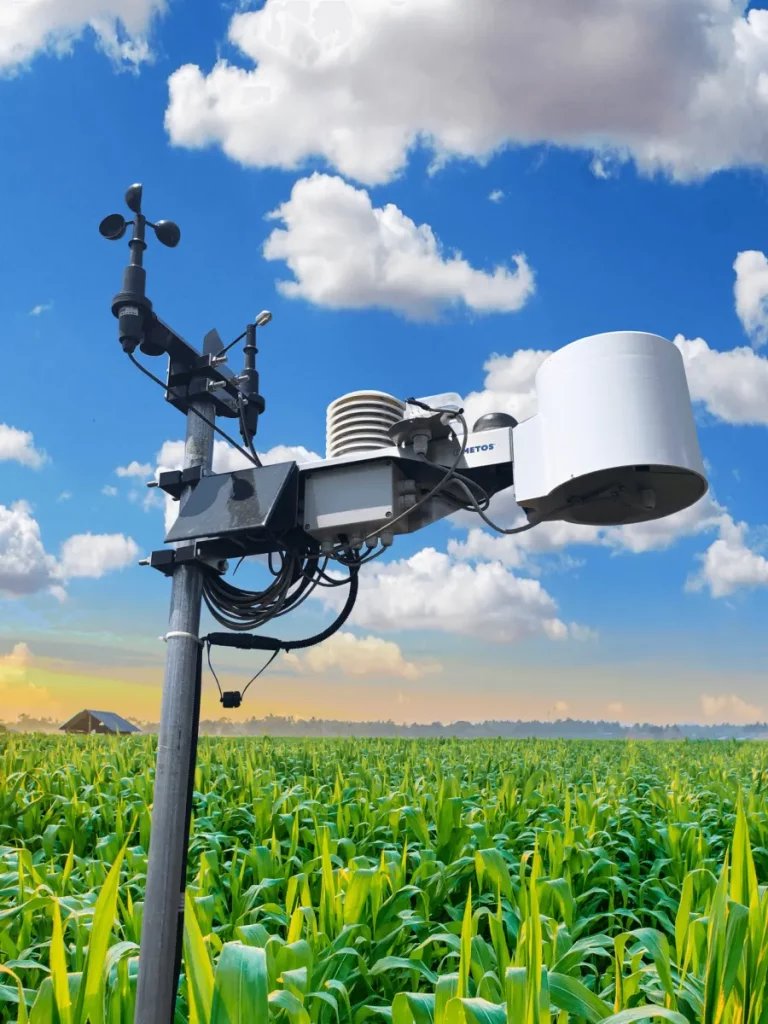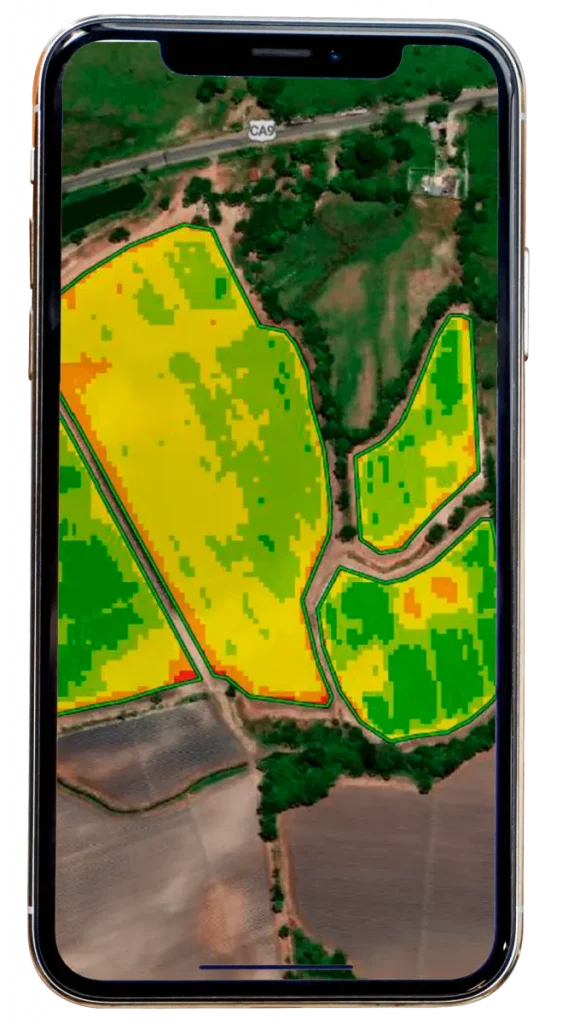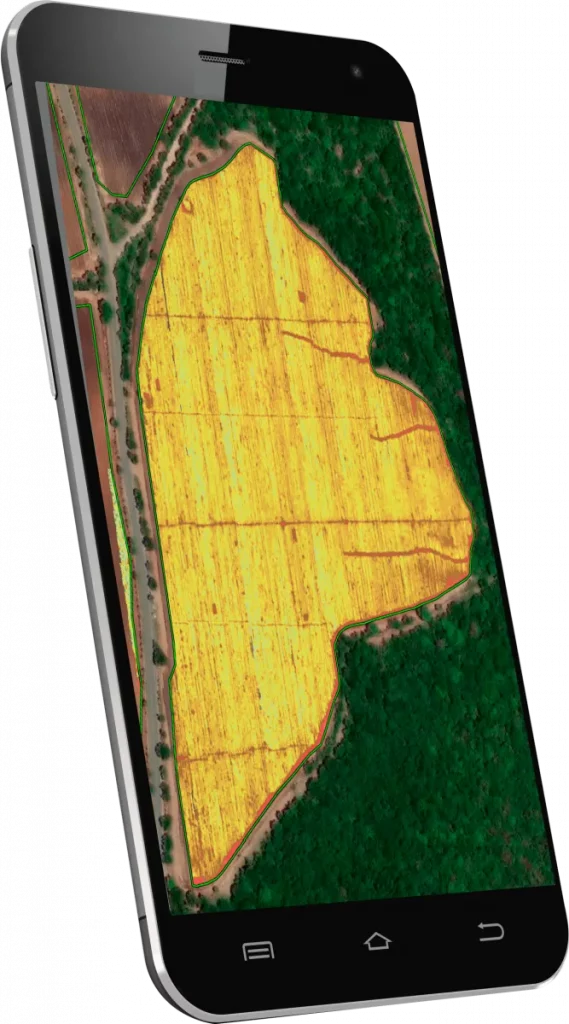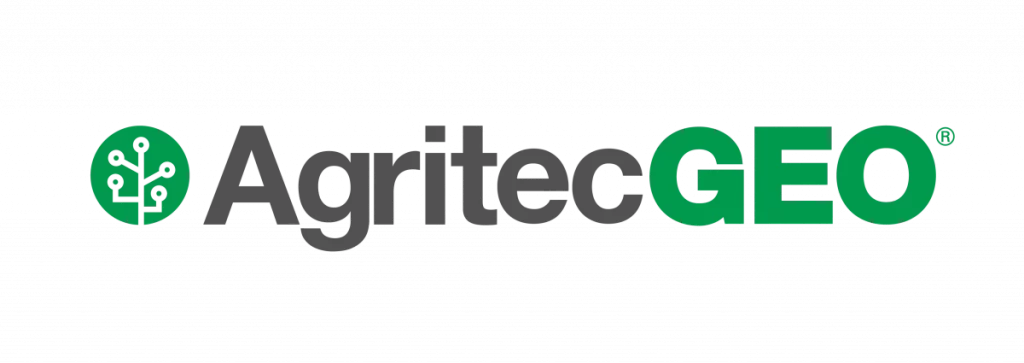
Are you familiar with
the most advanced
digital agriculture technology
developed for the region?

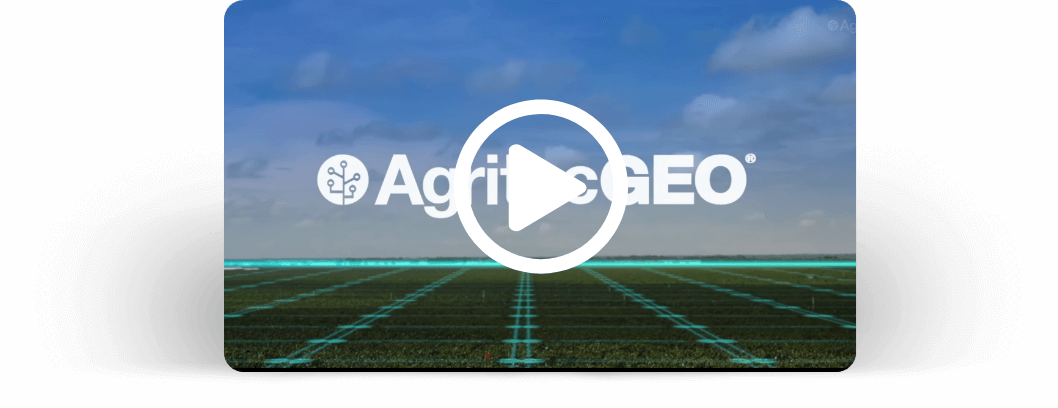

What is it?
It is a new service model supported by digital agriculture diagnostic tools that quickly capture, analyze, and communicate information.
What is it used for?
To make decisions that will help you easily, quickly, and timely improve the profitability of your crop and business.
Benefits
Optimization of resources.
Precise execution of tasks.
Greater knowledge of your crop.
Technology that integrates
all services

Advanced farming software
Advanced agriculture software is a tool through which all AgritecGEO services are communicated via a Free App.
Agronomic
consulting
AgritecGeo clients will be advised and supported by highly trained DISAGRO staff with appropriate recommendations on the nutritional and health management of their farm.
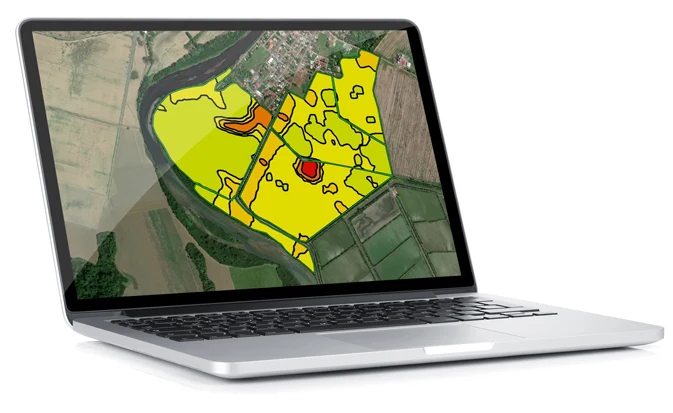
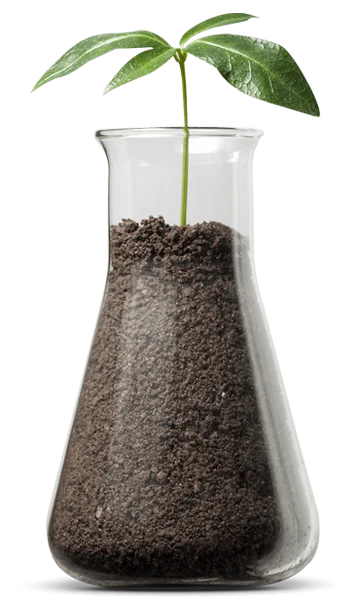
Analysis and Diagnosis
AgritecGEO’s expert advisors support their recommendations based on data obtained from the laboratory.
To conduct an analysis of the soil-plant-water system, testing of soil, leaf, fruit, irrigation water, and soil solution is required.
Proximity sensors
To understand the characteristics of the environment in which the crop grows and the effect of that environment on its development and growth, it is necessary to have high-tech sensors in the soil, on the plant, and in the air.
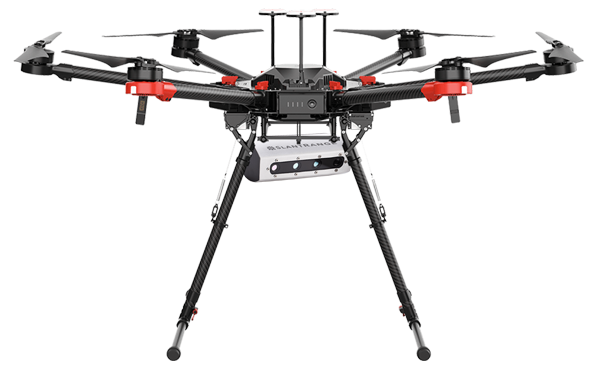
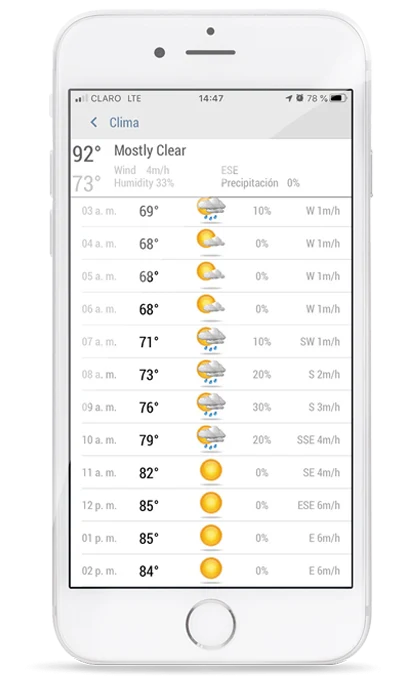
Smart Weather
Our smart climate system provides valuable information on various climate properties. Also, through the alert system configured in AgritecGEO, you will receive notifications when your crop is under stress conditions.
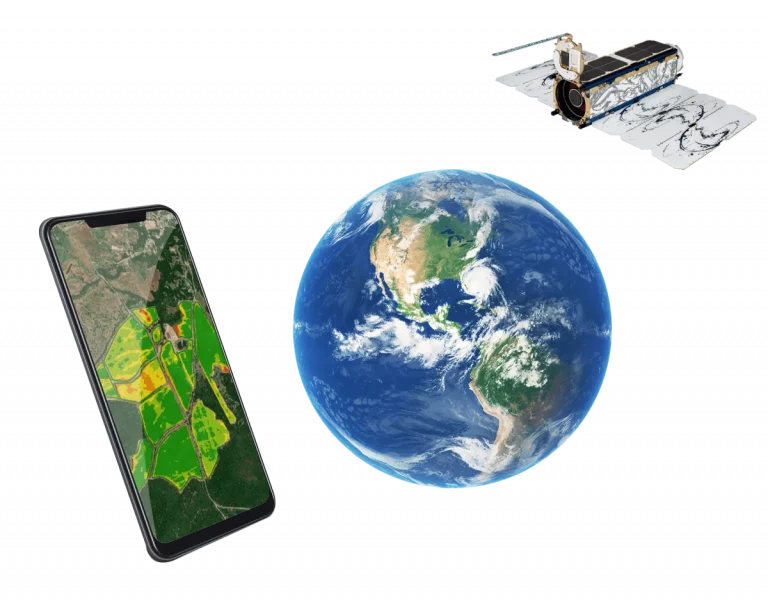
Satellite Images
With this AgritecGEO service, you will have access to the assessment and qualification of the entire crop area with the required frequency.
High-resolution
images
It is possible to observe the phenological properties of each plant in the field with a resolution of up to 3 centimeters using high-tech sensors installed on drones that fly over the crop and collect information based on the spectral reflectance of each plant.

Forecasting models
The user will receive alerts that will inform them in advance about the climatic conditions that will favor the development of foliar or fruit diseases.
Customized solutions
for the crop
Based on the information from homogeneous
management zones and laboratory results, AgritecGEO
offers a portfolio of solutions based
on nutrition and protection
products developed with the highest
technology and specifically designed for each crop.
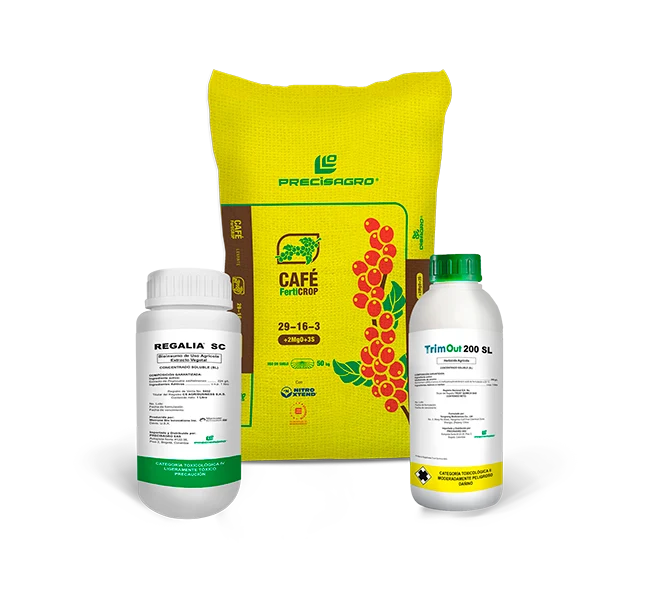

Market
Information
AgritecGEO consistently communicates relevant
global information on topics such as product prices
on the stock market, agricultural input costs,
and agricultural news.
And all through a software via a Free App installed on your phone.
Technology that integrates

Consult the guide and tutorials for using our app.
Subscribe to our AgritecGEO newsletter
To learn more about AgritecGEO and our service levels, contact us at
service levels write to us at:
